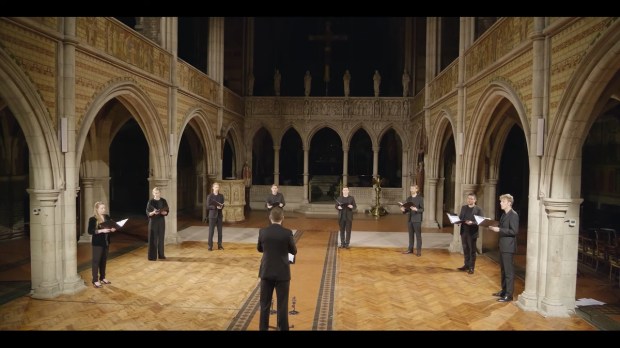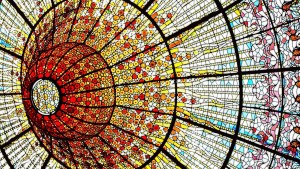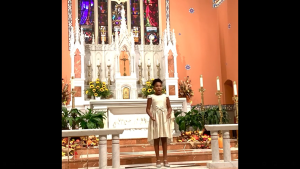Since the inception of audio recording, every decade seems to have discovered its own unique and revolutionary sound. The 40s brought us jazz and swing, the 50s started rock and roll, soul music was added to the mix in the 60s, disco drove the 70s, punk rock dominated the 80s, and the list goes on. While each of these distinct tones was considered revolutionary for its time, such rampant and swift musical development was not always common.
In fact, once upon a time, a new musical style would dominate the music scene for centuries or more, and much of this musical development came during the Renaissance and from the Catholic Church.
That is the case with Josquin Des Prez’s famous “Ave Maria,” a tune that is considered one of the most influential pieces of its time.
Composed around 1484, while Josquin was in service to the Milanese court, this work brought together previous sacred styles to meld with the budding sounds of secular songs of the era to create a sublime hymn to the Blessed Mother.
One way he did this was through his use of syntactic imitation, which is similar to a round (think “Row, Row, Row Your Boat”).
This syntactic imitation can be heard throughout the piece, when one voice sings a distinct melody that is taken up by a different voice part afterward. It may not sound so unusual, as it is a stylistic choice that dominated much of the musical world, but this comes, in part, thanks to Josquin popularizing the format in “Ave Maria.”
Other revolutionary elements of this song include its open style – which allows the order of movements to be determined by the singers – as well as its two-voice part construction, which was not invented by Josquin, but was used exceptionally well. This style’s contributions to the tones of polyphony reach through the centuries to have influenced the likes of Palestrina and J.S. Bach.
The Marian Consort gave “Ave Maria” an excellent treatment in its attentive rendition. This magnificent sacred choir releases some of the most beautiful pieces from as far back as the 15th century. When they’re not immortalizing the sounds of the past on modern recordings, they tour the world bringing their well polished act to the Americas, the UK, and Europe. Follow them on YouTube and visit their website to hear more.



